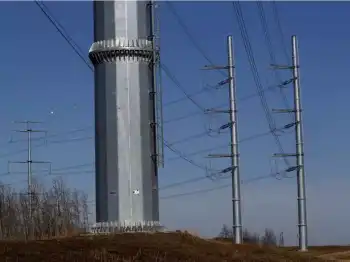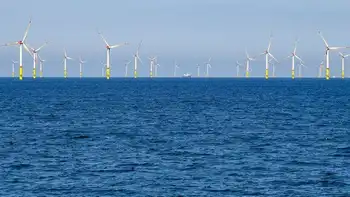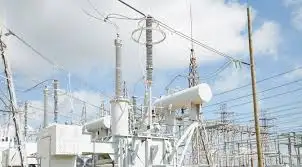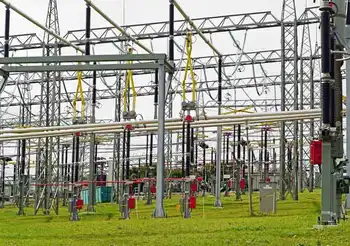Opinion: Now is the time for a western Canadian electricity grid

Electrical Testing & Commissioning of Power Systems
Our customized live online or in‑person group training can be delivered to your staff at your location.

- Live Online
- 12 hours Instructor-led
- Group Training Available
Western Canada Electric Grid could deliver interprovincial transmission, reliability, peak-load support, reserve sharing, and wind and solar integration, lowering costs versus new generation while respecting AESO markets and Crown utility structures.
Key Points
Interprovincial transmission to share reserves, boost reliability, integrate wind and solar, and cut peak capacity costs.
✅ Cuts reserve margins via diversity of peak loads
✅ Enables wind and solar balancing across provinces
✅ Saves ratepayers vs replacing retiring thermal plants
The 2017 Canadian Free Trade Agreement does not do much to encourage provinces to trade electric energy east and west. Would a western Canada electric grid help electricity consumers in the western provinces? Some Alberta officials feel that their electric utilities are investor owned and they perceive the Crown corporations of BC Hydro, SaskPower and Manitoba Hydro to be subsidized by their provincial governments, so an interprovincial electric energy trade would not be on a level playing field.
Because of the limited trade of electric energy between the western provinces, each utility maintains an excessive reserve of thermal and hydroelectric generation greater than their peak loads, to provide a reliable supply during peak load days as grids are increasingly exposed to harsh weather across Canada. This excess does not include variable wind and solar generation, which within a province can’t be guaranteed to be available when needed most.
This attitude must change. Transmission is cheaper than generation, and coordinated macrogrids can further improve reliability and cut costs. By constructing a substantial grid with low profile and aesthetically designed overhead transmission lines, the excess reserve of thermal and hydroelectric generation above the peak electric load can be reduced in each province over time. Detailed assessments will ensure each province retains its required reliability of electric supply.
As the provinces retire aging thermal and coal-fired generators, they only need to replace them to a much lower level, by just enough to meet their future electric loads and Canada's net-zero grid by 2050 goals. Some of the money not spent in replacing retired generation can be profitably invested in the transmission grid across the four western provinces.
But what about Alberta, which does not want to trade electric energy with the other western provinces? It can carry on as usual within the Alberta Electric System Operator’s (AESO) market and will save money by keeping the installed reserve of thermal and hydroelectric generation to a minimum. When Alberta experiences a peak electric load day and some generators are out of service due to unplanned maintenance, it can obtain the needed power from the interprovincial electric grid. None of the other three western provinces will peak at the same time, because of different weather and time zones, so they will have spare capacity to help Alberta over its peak. The peak load in a province only lasts for a few hours, so Alberta will get by with a little help from its friends if needed.
The grid will have no energy flowing on it for this purpose except to assist a province from time to time when it’s unable to meet its peak load. The grid may only carry load five per cent of the time in a year for this purpose. Under such circumstances, the empty grid can then be used for other profitable markets in electric energy. This includes more effective use of variable wind and solar energy, by enabling a province to better balance such intermittent power as well as allowing increased installation of it in every province. This is a challenge for AESO which the grid would substantially ease.
Natural Resources Canada promoted the “Regional Electricity Co-Operative and Strategic Infrastructure” initiative for completion this year and contracted through AESO, alongside an Atlantic grid study to explore regional improvements. This is a first step, but more is needed to achieve the full benefit of a western grid.
In 1970 a study was undertaken to electrically interconnect Britain with France, which was justified based on the ability to reduce reserve generation in both countries. Initially Britain rejected it, but France was partially supportive. In time, a substantial interconnection was built, and being a profitable venture, they are contemplating increasing the grid connections between them.
For the sake of the western consumers of electricity and to keep electricity rates from rising too quickly, as well as allowing productive expansion of wind and solar energy in places like British Columbia's clean energy shift efforts, an electric grid is essential across western Canada.
Dennis Woodford is president of Electranix Corporation in Winnipeg, which studies electric transmission problems, particularly involving renewable energy generators requiring firm connection to the grid.











